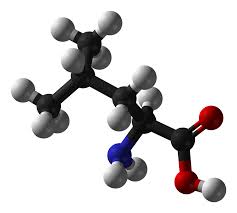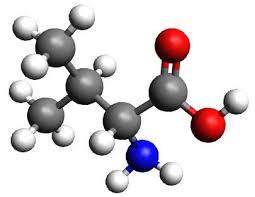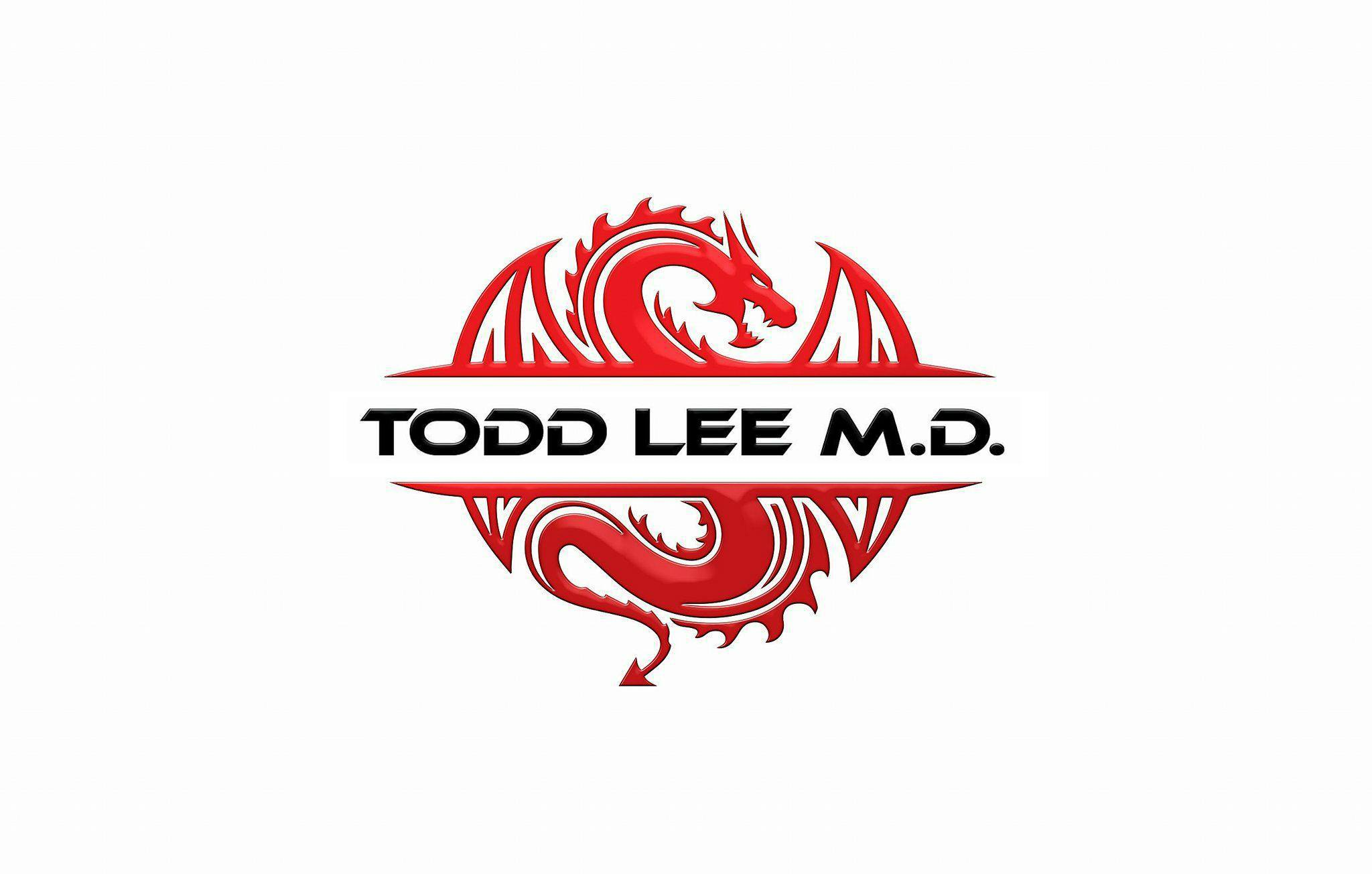Branch Chain Amino Acids: The Truth Posted on 30 Mar 23:01 , 0 comments
 I Never Use pre packaged BCAAs. Ever.[/caption]
I Never Use pre packaged BCAAs. Ever.[/caption]
By Todd Lee M.D.
Who am I? Click here for my Bio!
NEED HELP? GET A PHONE CONSULTATION OR COACHING!
BCAAs
Branched Chain Amino Acids (BCAAs) are all the rage. Xtend was a popular workout supplement that caught on because it added a new “time slot” to take supplements in: mid workout. The concept was fueled by the research on the amino acid leucine that Dr. (then Mr.) Layne Norton was doing his doctoral thesis on.
The concept was that leucine is ultra important. The claims about branch chain amino acids are:
1) Essential - you have to have them, you can't make them. Nevermind humans were thriving without BCAAs for between 5,700 years or 6 million years depending on which version of reality you live in.
2) Leucine stimulates mTOR and directly builds muscle
3) BCAAs will double the results from training
4) Taking BCAAs while training will protect your current muscle tissue and facilitate the growth of new muscle tissue
5) Mid workout is the Ideal time to have the BCAAs
In order of muscle building capacity:
Leucine > Isoleucine > Valine
Isoleucine
[caption id="attachment_991" align="alignleft" width="223"] I'm Isoleucine, take me mid workout with carbs or immediately post workout with carbs[/caption]
I'm Isoleucine, take me mid workout with carbs or immediately post workout with carbs[/caption]
Isoleucine is so overshadowed by leucine that many (myself included) just thought it was inferior not that it had different function entirely.
Where leucine directly signals the mTOR pathway of muscle synthesis, and causes insulin release, isoleucine does not.
Isoleucine is a non-insulin secreting, non- insulin receptor binding Glut4 up regulator. It does initiate muscle growth but not through the mTOR pathway like leucine does. This means it up regulates the transporter for glucose into the cell (and amino acids, creatine etc.) and increases insulin sensitivity without releasing insulin which shuts off fat burning.
Incase it’s not as obvious to you as it is to me, this means that this is a perfect thing to take when you want to increase the amount of carbs going into your muscles for fuel without it releasing insulin. It also will make the creatine and leucine you take post workout more effective.
Isoleucine also aids in the metabolism of carbohydrates, not storage. It’s used to load the muscle with carbs so they can be burnt and not muscle protein, that’s how it protects the muscle without impeding the workout like leucine would.
These findings mean:
You want to take Isoleucine before or as you start consuming the carbs for a workout. If you're modern you are having your first carbs of the day as your lifting (mid workout). This is the PERFECT time for Isoleucine: It will shuttle the carbs into the muscle, not the fat cells. It wont start muscle synthesis (impossible due to calcium and calmodulin) and it won’t cause insulin to be released, which would stop fat burning. It loads the cell with carbs you're currently drinking so those carbs are used for energy by the muscle not stored as fat, glycogen, or used for muscle synthesis or to activate muscle synthesis.
10-14 g is ideal for a 200 lb Bodybuilder, so I suggest 10 g mid workout with all your other insulin sensitizers. Either drink a low GI carb drink like some powders claim to be while training or drink Isoleucine and carbs after your warm up sets.
Yes Isoleucine stimulates muscle growth but not via the mTOR pathway, which shuts down carb entry to some degree, and yes leucine does shuttle some carbs in, but once mTOR is activated that effect is blunted. On the other hand Isoleucine blunts leucines effect on insulin secretion, so i you want insulin “free” BCAA response have the ratio 1:2:1 not 2:1:1.
The Point:
The main use of isoleucine is it’s a Glut 4 transporter upregulator which increases glucose uptake by muscles without an insulin release and without activating mTOR or initiating glycogen synthesis. Like fish oil, cinnamon, R-ALA, Vandyl Sulfate, or Chromium it helps load the cell with glucose.
Leucine
[caption id="attachment_992" align="alignleft" width="237"] I'm Leucine, take me 30 minutes post workout after your carbs before your protein [/caption]
I'm Leucine, take me 30 minutes post workout after your carbs before your protein [/caption]
Leucine on the other hand is another animal entirely. When you consume it, Insulin is released because leucine stimulates the pancreas. Lucine also directly activates mTOR and the other pathways Isoleucine activates. It drives carbs into the cell directly at first, but the MTOR pathway limits carbohydrates ability to enter the cell. The insulin it released does stimulate the insulin receptor which is another anabolic signal and a signal to up regulate Glut4 expression.
How Leucine Builds Muscle
Leucine builds muscle in 3 ways:
1) It directly stimulates mTOR but not through the Akt pathway.
2) It stimulates Insulin release (unless isoleucine is in higher concentration) and Insulin stimulates the Akt pathway. Thus 2 mechanisms are activated for muscle protein synthesis.
3) At levels far exceeding that which is necessary to generate the maximum muscle protein synthesis leucine protects muscles against breakdown for fuel during intense training.
Ammonia
Levels over 22 g per 100 lbs result in the Ammonia smell. This would support the idea that if there is free amino acids more readily available in the blood based on concentration, they may be used as a fuel source. Thus the ammonia smell doesn't necessarily mean that you're burning muscle or in a negative nitrogen balance. Valine is totally glucogenic, leucine is partially glucogenic. This means they are converted to glucose in the liver if they are in excess. This would result in free ammonia which one would sweat out. This ammonia does cause fatigue, which is mitigated by Glutamine levels and carbohydrate levels, the more of those the less of the consequences of Ammonia toxicity.
Adding HMB (expensive leucine which works less for muscle building but better for muscle preservation) or leucine to resveratrol enhances its function on fat oxidation in the mitochondria and the muscle sparing effect is amplified in a calorie deficient state.
Citrulline apparently amplifies leucine’s muscle building effects. There is a popular theory that they work Synergistic together on the mTOR pathway. This suggests citrulline post workout would be a good choice. This is likely Why Dr. Norton included Citrulline Malate with the BCAAs in Xtend. Of Course I have put Citrulline in Fenris’ Fury and ToddLeeMD.com Pre Workout so your covered;)
Considering muscle protein synthesis begins 1-2 hours after weight training the ideal seems to be having isoleucine pre or mid workout then adding carbohydrates. If cutting use HMB + resveratrol for the muscle sparing effect of leucine since muscle synthesis is not the current goal during training. If you're trying to build muscle and are in a calorie surplus then adding leucine 1 hour post workout would take advantage of the muscle building effects but minimize its inhibition of carbohydrate uptake into the cell provided by the isoleucine. Adding citrulline at this point would synergistically enhance the mTOR signaling and perpetuate the NO- effect of a pre workout like Fenris’ Fury.
Valine
[caption id="attachment_993" align="alignleft" width="255"] I'm Valine, I suck. don't waste your time with me[/caption]
I'm Valine, I suck. don't waste your time with me[/caption]
Valine sucks.
Oh you want more details? Ok, it’s the weakest of the BCAAs at activating muscle protein synthesis and it is not only bad at loading glucose but causes a temporary insulin resistance, the opposite of isoleucine. Leucine desensitizes the muscle to insulin as well but after an hour, it aids in muscle carbohydrate uptake for the first few minutes.
Valine is 60% as effective as leucine at glycogen synthesis.
Conclusion:
Use isoleucine whenever you want to load glucose into the muscles but not release insulin and don't want to turn off fat burning. Like mid or pre workout. Use leucine when you want insulin, and leucine to stimulate mTOR to initiate muscle protein synthesis. Like 1 hour after training. Use resveratrol and HMB mid workout to protect the muscles from damage in a low calorie state. Don't really use valine, it sucks.
Disclaimer
Nothing in this article or on this site should be considered medical advice or as an endorsement to violate any law of the country in which you reside. The information given is for fun and entertainment purposes only. All claims are 100% dependent upon proper diet and exercise. Please consult a medical practitioner prior to any diet and exercise program.
